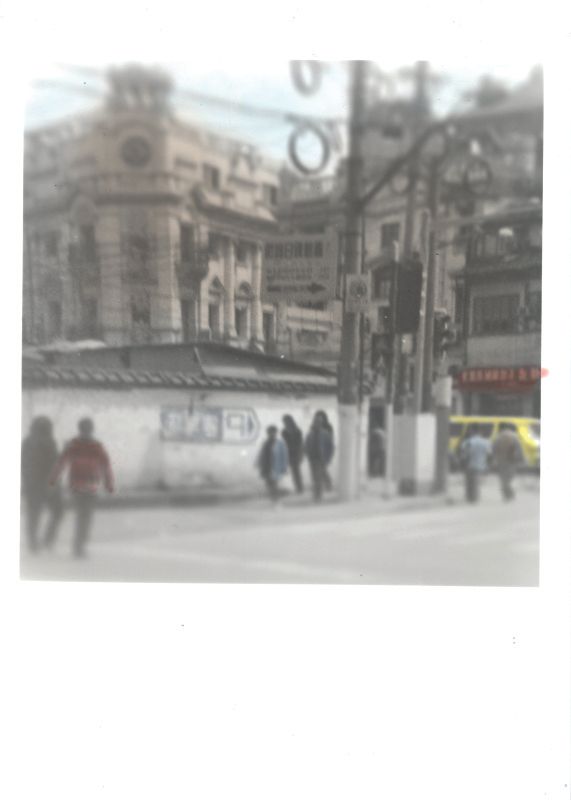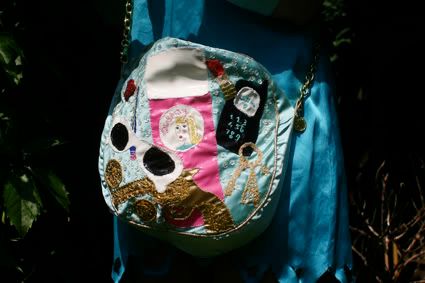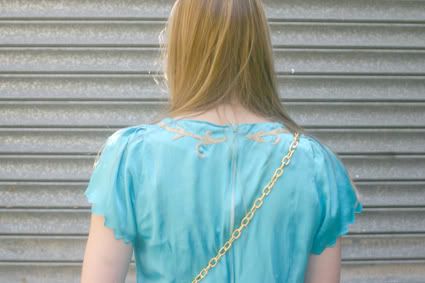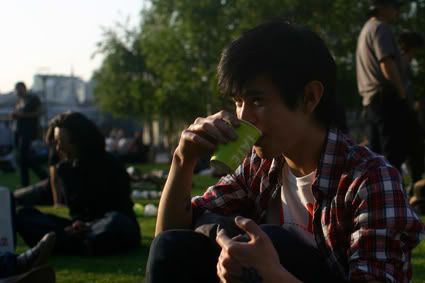guardian

Okido: A new cult children's comic
Okido is a magazine for young children that is such a success it's going mainstream. And it's published by a family who put it together on their kitchen table
Sally Williams
The Guardian, Saturday 3 October 2009
There are no free stickers, plastic necklaces or Frisbees. And you won't find any characters from television, or from Disney films. Yet the children's magazine Okido is a remarkable success. Launched in 2007, the quarterly comic is no longer stocked only in cutting-edge outlets but in mainstream shops such as Waterstone's. It has subscribers as far afield as Bangalore and Palestine.
It's a remarkable testament to the energy and passion of the family who produce it from their flat in Brixton, south London, on trestle tables amid children's books and piles of drawings. Sophie Dauvois, 47, and Rachel Ortas, 48, created Okido after travelling to Morocco when Sophie's son Emil was little. "We went to Marrakech for three weeks to have a little adventure before Emil started school," she recalls. "We took a Richard Scarry book with 12 stories and I remember reading them over and over again. It made me realise that there is a lack of magazines for this age group."
For slightly older children, there are plenty of magazines to choose from, but Sophie – like many parents – is not impressed.
The charges she levels at mainstream children's magazines include: the use of glossy paper, which isn't easy for children to crayon and draw on; cut-out activities that result in ruining the rest of the magazine; gender stereotyping – pink and fluffy for girls; gung-ho with gore for boys; and treating children like a marketing demographic to whom all manner of stuff – bags, T-shirts – can be flogged.
Okido is different. (The name is a hybrid of "kid" and "okey-dokey".) Each issue has a theme – "the moon", "senses", "germs", "growing". There are games ("Can you spot Foxy on the moon?", "Can you draw something yellow?"), things to make, including recipes (pumpkin pancakes, ginger moon biscuits) and a cast of regular characters.
Squirrel Boy, aka Albert, is a small boy who transforms into a bushy-tailed superhero when he puts on his homemade suit. Zim, Zam and Zoom are a bear, a mouse and an alien, who interpret the theme (in the moon issue, Zoom morphs into a rocket and the three explain gravity and orbits). Messy Monster is an anarchic character who will be understood by many families as the reason shoes get lost and toys go missing. Yoga Monkey, a character whose role in the magazine is to provide the young readers with colouring opportunities, is created by Paul Noble, best known as a "Young British Artist" – quite something when you consider that most comic characters for children are drawn by computers.
But that cutting-edge 21st-century style is combined with a spirit of home-made fun. "We want the readers to have ownership, so the magazine invites them to finish the pictures and colour in," says Sophie. "I've seen magazines that the children have drawn all over. Parents can be a bit cautious, but they do understand that this is a magazine and not a book – they don't learn to draw on books."
Many families keep back issues on a shelf and return to them. "One day the children might ask, why do we have day and night, and they go back to read about it in that issue," she adds.
It should be stressed that Okido is not run specifically as a business. Sophie pays herself a tiny salary but Rachel gets nothing. "I would be happy to be paid," she explains, "but it's not my motivation." Both have other jobs and other responsibilities. Rachel supports herself by selling cards and prints, Sophie by designing and teaching. But Okido is something they both prize. "Our family is completely Okido," says Sophie, "you cannot separate it."
When I visited them at their flat they had just finished issue 10, "feelings and emotions", which is published in conjunction with the Place2Be, a charity that works in schools to improve the emotional wellbeing of children. There's a palpable sense of achievement: the family is celebrating with sushi and wine.
Sophie and Rachel met through mutual friends, in a pub, about 10 years ago, and fell in love. Their first joint project, before Okido, was Emil.
"A child is something I'd wanted for a long time, but never found someone to do it with," Sophie says, "Obviously, Rachel is a woman and it was not so easy," she says, with a smile. Luckily a male friend in America was very keen to have a child. "He is really happy," says Sophie. "He comes to Emil's birthdays and we've just been to visit him in America."
A scientist, Sophie is logical, practical and keeps the others in line. The youngest of five children born to a teacher and a vet, she grew up in a village outside Paris, studied genetics and biology in France then completed two PhDs and came to London to work with Cancer UK. In 1996, she moved from research to education – enthusing secondary schoolchildren at the Hackney City Learning Centre with her love of subjects such as cell biology.
Rachel is an artist and more charismatic. Born in Spain to an artist father and psychiatrist mother, she moved to Paris when she was three and at 16 went to circus school, followed by a spell at theatre school. "I was not very good with normal school," she says. At 18, she formed a band, becoming lead singer of Tokow Boys, then Luna Parker. With a band member, she had a daughter, Sabrina Tabuchi, who would sometimes watch Rachel on TV. "I'd give her a special hello – a private little sign, while I was performing," says Rachel.
She moved to London with Sabrina in the mid-1990s and went on to study at Central Saint Martins College of Art and Design where she is now artist-in-residence and associate lecturer.
Now 24, and qualified as a teacher, Sabrina lives nearby. She takes photographs for the magazine while her boyfriend, Alex Barrow, 26, is the chief illustrator. Sophie's son Emil also plays a significant role. Now eight, he speaks with an assurance beyond his years, especially when he tells me, like an old media pro, that he is now too old for Okido, so his role is as an "adviser".
It is clear that Okido is shaped by Sophie's and Rachel's contrasting personalities. "It's a good team," Alex concludes. "They are both very different people, but together they are like a super robot – the serious side and the creative side."
Sophie launched the magazine with £5,000 of her own money, but Sabrina was key in getting the project off the ground. She used to work in the cafe at Central Saint Martins and made friends with many of the illustrators. "We did a band together with Alex and Edmund [Fung, Okido's designer], but then we stopped the band because we all had different things to do, but we still met every Tuesday for Okido meetings."
Okido tapped into this creative crowd, giving young illustrators a place to showcase their work.
The first issue took eight months to produce. Now it takes six weeks and is published four times a year. What started as an underground secret is now catching on. Okido has recently been awarded a £130,000 grant from the Wellcome Trust, the medical research charity. With that money, they plan to expand the circulation and increase publication to six issues a year, perhaps eventually one a month. "We would love that," says Sophie.
Additionally, they hope to run science workshops in schools – a development Okido can do because it doesn't carry advertising. "It's not just a magazine," observes Alex, "but it's developing almost like a publishing house, an educational venture."
There is a downside to this success. "The magazine is taking over our lives quite a bit," Sophie says. "Sometimes I feel I'm spending all my time at the computer and not playing with Emil any more. And he spends all his time on the computer because he thinks that's a cool thing to do."
She continues, "Emil is a super cook and he does a lot of things with Sabrina, but sometimes when you work from home it's hard to stop."

































